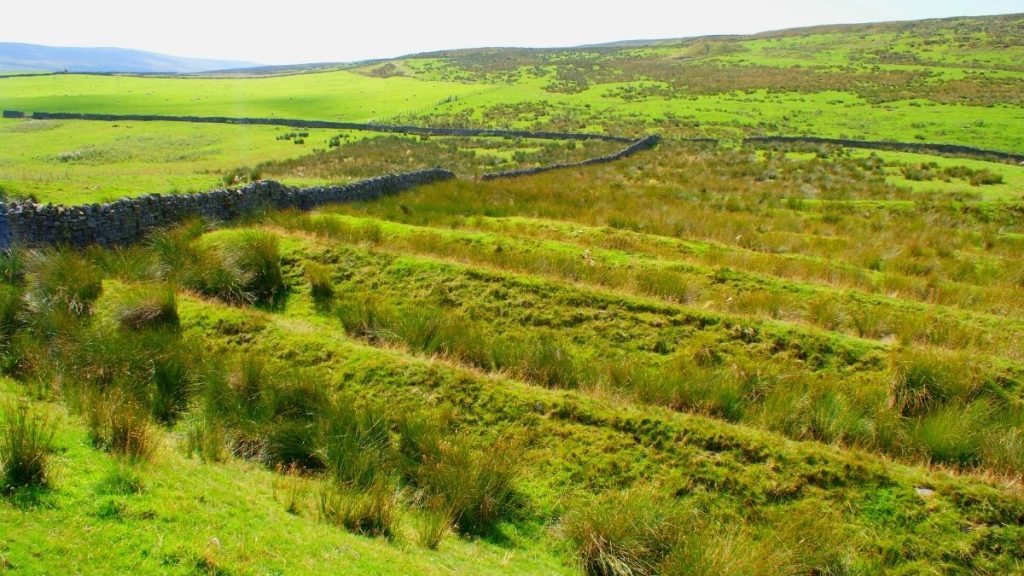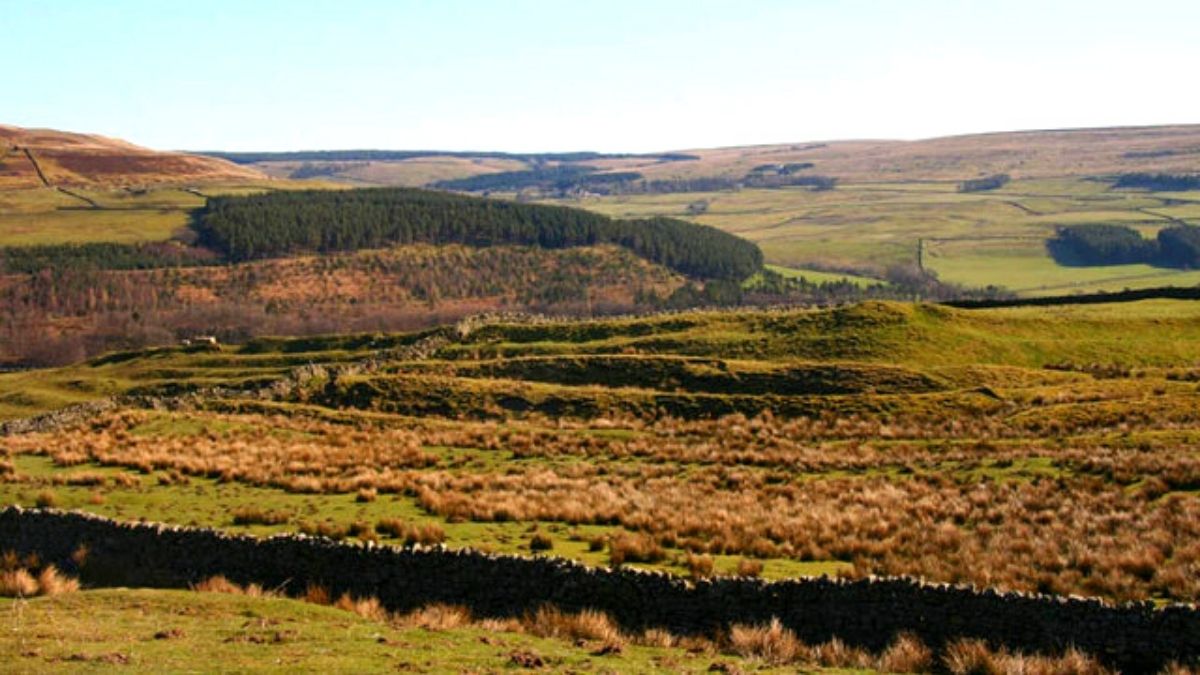Whitley Castle has been described as “the best preserved fort throughout the Roman Empire”, and that it’s difficult to disagree. Whitley Castle throughout the North Pennines, furthermore widely recognized as Epiacum, the very first town in the north England populated by the Celtic, pre-Roman Brigantes tribal group as well as likely titled after a local chief, isn’t just the maximum stone-built Roman fort through Britain, but it does have the greatest complicated but also articulate protective fortifications of just about any recognized castle within the whole Roman Empire, with various banks as well as ditches just outside of the regular stone castle wall
Table of Contents
Where is Whitley Castle Located?
Whitley Castle is still a massive, irregularly shaped Roman castle located north-west of Alston, Cumbria, England. Now you know how to answer the question, where is Whitley Castle located.
When was Whitley Castle Built?
The strange diamond-shaped castle was built throughout the first century AD with in Brigantes group’s land areas there in north east of Britain. Now you know how to answer the question when was Whitley Castle built.
What is Whitley Castle Famous For?
What is Whitley Castle famous for, Whitley Castle with in North Pennines is nonetheless Britain’s largest stone-built Roman palace, but it does have the greatest extremely complicated as well as elaborate tactical construction work of just about any recognized.
Whitley Castle History
When talking about Whitley Castle history, Whitley Structure was built throughout the second century (around about the same period as Hadrian’s Wall, 15 miles to the north) and had been predated by such an Iron Age fort. This one was torn down and rebuilt fairly shortly after, liked to think to coincide with just a northern tribal group’s rebellion through 196. In terms of format, it is indeed a pretty common Roman fort. There seem to be normal roadways, a command center, barracks, a bath house, as well as a temple, among the many other writings interprets ‘DEO HERCVLI C VITELLIVS ATTICIANVS > LEG VI V P F,’ which translates as ‘Towards the God Hercules, Gaius Vitellius Atticianus, Centurion of both the Legio VI Victrix, Faithful as well as Devout.
This one was occupied until just after 400 AD, and although the Romans supposedly had to use Epiacum as nothing more than a foundation through which to control the area or otherwise assistance Hadrian’s Wall, all of this appears they furthermore used these to take over control of the lucrative local lead mining companies. The castle’s distinctive lozenge shape (8 acres) has been designed to fit the knoll which had already been constructed. Its remains seem to be visible in aerial views, lying beneath the grass. A structure of evenly spaced defensive ditches surrounds the Roman fort.

Comparatively tiny site digs took place in the early nineteenth century, and that was in the 1930s as well as 1950s, and it was not until 2012 that financing has been protected to increase awareness of said location. Whitley Castle is amongst the most remote Roman locations in Britain, which might also describe why it would have remained largely, unexplored but also just how much of it really has managed to live. Whitley Castle was already on privately owned land on the 1,000-acre Castle Nook as well as Whitlow farm, and seems to be a Planned Old Monument, which means no digging can indeed be performed (which is disappointing for archaeologists) and nothing should be collected from the location, so just don’t take anything at all when you take a trip ‘the oldest surviving castle with in Roman Empire.’
The present property owners recognize their responsibility as custodians, who are why they established Epiacum Heritage Ltd, which has created a website for the castle, guided tours, archaeology research days for volunteer groups, as well as outreach programs for school systems. This is all about Whitley Castle history.
How to Get to Whitley Castle
Whitley Fort is located in Cumbria, north-west of the town of Alston, and therefore is quickly accessible by foot from a parking space on the A689 highway (Alston to Brampton road). The Pennine Way runs alongside the location, and that you can furthermore continue walking from Kirkhaugh station upon that South Tynedale Railroad or the South Tyne Pathway. It’s indeed accessible throughout the year. Now you know how to get to Whitley Castle.




Leave a Reply